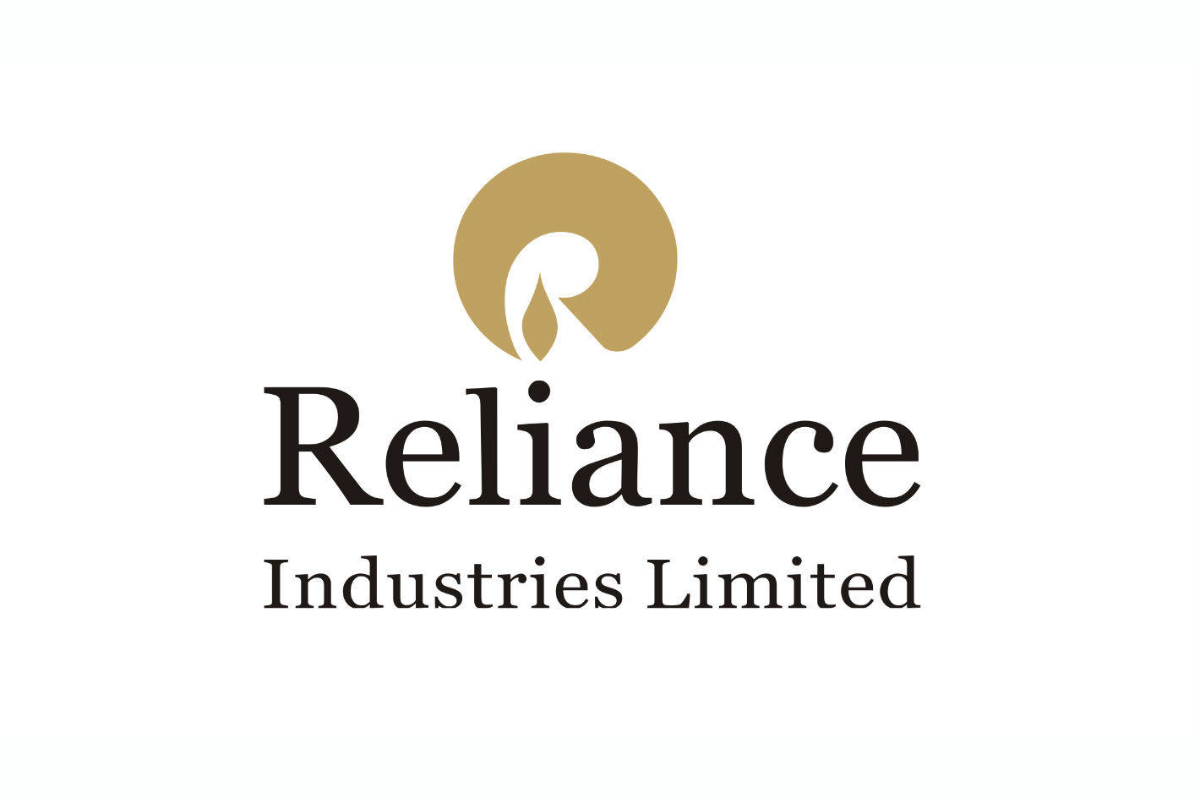
Introduction
Reliance Industries Limited (RIL), under the visionary leadership of Mukesh Ambani, has transformed from a traditional oil and petrochemicals conglomerate into a diversified digital and consumer services powerhouse. This strategic pivot has redefined its position in India's economy and the global business landscape.
Strategic Evolution
Vertical Integration:
RIL's initial focus was on controlling every aspect of production, especially in the petrochemical sector. By owning the entire supply chain, the company could control costs and ensure a steady supply.
Diversification into Digital Services:
Recognizing the potential of digital connectivity, RIL launched Jio in 2016, offering affordable data and voice services. This move disrupted the Indian telecom market, rapidly acquiring over 400 million subscribers.
Retail Expansion:
Parallelly, RIL expanded into the retail sector, establishing Reliance Retail, which has become one of India's largest retail chains, offering a wide range of products from groceries to electronics.
Technological Advancements
RIL’s strategic focus on innovation led to the adoption of advanced digital technologies across its businesses. For example, developing an in-house Aspen Plus model for a distillation process overhaul delivered annual savings of over $2 million, demonstrating its commitment to operational excellence.
Financial Performance
In FY24, RIL posted a record performance with over ₹5.6 trillion in revenue from its oil-to-chemicals segment, reaffirming its stronghold. Retail emerged as the second-largest revenue driver, closely followed by its digital services arm.
Reliance Industries Stock Growth
Over the last decade, RIL's stock performance has mirrored its strategic evolution. In the past five years alone, its stock price appreciated by approximately 83.5%, highlighting investor confidence in its diversified growth strategy.
As of April 25, 2025, the stock closed at ₹1,300.05, trading 19.20% below its 52-week peak of ₹1,608.95 achieved in July. Analysts maintain a highly positive outlook, with the company boasting the highest number of 'Buy' ratings since 2008.
Financial Metrics and Analyst Views
RIL's current Price-to-Earnings (P/E) ratio stands at 23.9x, positioning it attractively below the broader Indian market average of 27.4x. Furthermore, earnings are forecasted to grow at a healthy 14% annually, underscoring RIL’s strong future potential.
Reliance Industries' journey from an energy-driven enterprise to a digital and consumer-centric behemoth epitomizes strategic agility and visionary leadership. Its continued focus on innovation, customer engagement, and financial resilience positions it for sustainable growth in the evolving global economy.
Frequently Asked Questions
How can a business effectively plan its budget?
Start by forecasting your revenue streams, categorizing fixed and variable costs, and allocating funds accordingly. Regular monitoring ensures better financial control and adjustments when needed.
What is cash flow, and why does it matter in business?
Cash flow represents the net amount of cash moving into and out of a business. Healthy cash flow is critical for meeting short-term obligations, investing in growth, and ensuring business sustainability.
What are the best strategies to enhance financial stability?
To strengthen financial stability, businesses should build an emergency cash reserve, streamline operations to reduce costs, maintain a healthy credit profile, and diversify revenue sources.
Which financial metrics are crucial for business monitoring?
Important metrics include net profit margin, cash flow trends, operating expense ratio, debt-to-equity ratio, gross margin, and return on investment (ROI). Tracking these helps gauge financial health and performance.